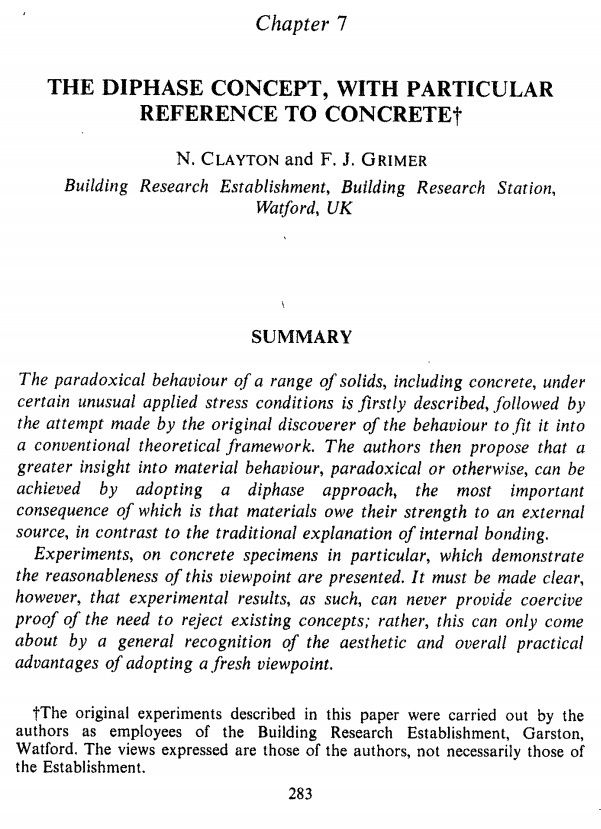primemignonite wrote:Found this today regarding the FP matter:
http://www.gta.igs.net/~qbristow/Scient ... _text.html
It appears to be a serious stab (or better) at an explanation for it.
Mother Nature, We DEMAND something for nothing!!!
(
Now she's shaking in her boots. I am sure of it.)
J.
His description of the paradox is a little obtuse:
"Those who claim this is a 'paradox' argue that since there is no change in either the magnitude or direction of the field through the measurement circuit loop, or the area of that loop, then there should be no emf induced in it"
- while correct, a better 'paradoxical' angle on the problem is the one i described - as this guy says, it's not really paradoxical at all that a moving conductor in a static uniform and symmetrical magnetic field should experience an induced EMF; this follows directly from Lorentz, Maxwell and Einstein etc.
What is more paradoxical is the deviation from expected mechanical principles - especially, the relative nature of motion: intuitively, it shouldn't matter if the conductor is rotating, or the magnet, since motion is relative. But in reality, if the conductor rotates we get an induced current, but if the permanent magnet rotates while the conductor is stationary,
no current is induced.
THIS is the real apparent paradox. The inequivalence of relative motion.
So if the 'textbook' definition of Faraday's paradox is the induction in a revolving conductor, the greater paradox is the non-appearance of that same result when the magnet revolves instead.
If rotating the conductor above a stationary magnet induces a current, then likewise, logically, rotating the magnet below a stationary conductor should nonetheless still cause a current, the same as before. Yet this doesn't happen - the magnetic field DOES NOT rotate with the magnet. That's the real paradox.
Bristow's not wrong - it might be surprising to the initiate that moving a conductor through a static uniform field induces current, because we more commonly encounter induction as an effect of a changing field. But as he correctly points out, all that is required is motion of a conductor through a field. And as he makes clear, that's not actually paradoxical. Surprising, perhaps, but fully consistent with the laws of induction.
The real humdinger is the absence of induction when the magnet rotates, since we naturally assume the field should rotate with the magnet it's ostensibly emanating from, thus effecting the same condition as when the conductor rotates.
So call it the paradox of Faraday's paradox, if you like.. if you search YouTube for Faraday's paradox you'll get lots of amateur demonstrations, but the best by far is this one from Steorn:
https://www.youtube.com/watch?v=JPUii-lwbFU
Again, it's not the appearance of induction when a conductor rotates in a uniform field that has any obvious bearing on the vacuum's contribution, but rather its non-appearance when the magnet rotates.
On this point you'll find many more demos on YouTube - one of the better ones being this contribution from Harvey:
https://www.youtube.com/watch?v=rWO7O5hvzWE
Or this one from scotty7129:
https://www.youtube.com/watch?v=IlUY3snoWI8
.. although here he's not showing the absence of induction, but merely the absence of induced torque - a different angle on the same underlying issue, of the field not rotating with the magnet.
The broader point to take away from all this is that the same principle applies for other fields - ie. gravity isn't a property of masses, but rather mass's effect upon spacetime and the vacuum (notwithstanding the current no-show of a graviton or other testable quantum gravity theory). The strong nuclear force isn't a property of protons or neutrons, rather the gluons mediating it are a property of the vacuum. All force carrier particles - the gauge bosons - are quantum vacuum fluctuations.


